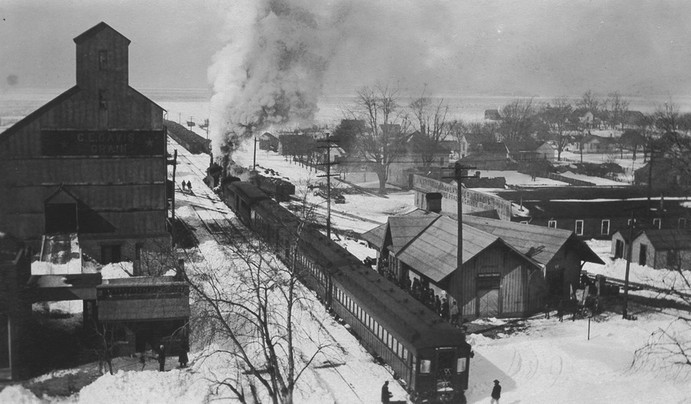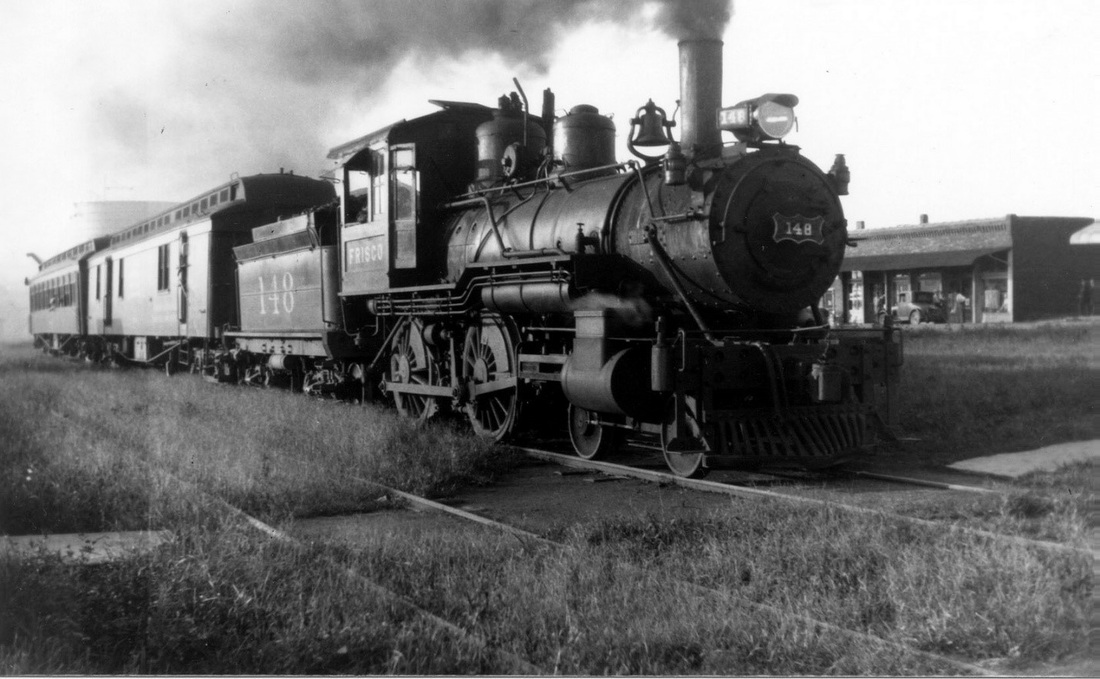|
While doing research for my poem, Sleeping on the Train, I discovered another gap in my education--The Orphan Trains. Between 1854 and 1929, up to 200,000 children were placed into homes across 45 states, Canada, and Mexico. Two organizations created what we now call 'The Orphan Trains' where anywhere from 10 to 30 children at a time were taken from large Eastern cities to live with families in rural areas. A confluence of events led to a large number of homeless or destitute people in large U.S. cities like New York and Boston. A series of economic recessions and depressions in the early 1800s, changes to factory automation reducing the number of workers and apprentices needed, and a rapid influx of immigrants beginning in the 1830s vying for already scarce jobs all put a strain on existing public and private charities. Organizations like The Children's Aid Society and The New York Foundling Hospital took in children who were either abandoned by parents, found as vagrants, or were ordered by a magistrate to be placed with the organizations. I read accounts of the riders' reunions sponsored by various state organizations noted by the National Orphan Train Complex, and I saw the PBS special with its carefully crafted background music and soothing narration which lends itself to the mystique of helping young children find happy homes with loving parents. I'm sure that there were many accounts of riders who found a good home, but I also discovered questions for the underlying reasons for this mass migration and if the children benefited from these placements. After 1862, Midwestern and Western settlers were on a deadline. If within five years they improved the land, built a house and planted crops, they could claim their land deed under The Homestead Act. To make this deadline, they needed farm workers to help work their 160 acres of land. Older Orphan Train Riders were the perfect solution. While the Children's Aid Society specifically says their children were not indentured, other organizations in the Orphan Train Movement did have formal and informal indentured service agreements that the child would work for a period of time in exchange for housing and food. While indentured servitude had been used in the U.S. to bring workers from England and European Countries since the Colonial era, it had decreased in use by the early 1800s. The reality of organizations indenturing children to rural families is a far cry from the mythology that has developed about the Orphan Trains. SOME ORGANIZATIONS HAD FORMAL  The means for a family to request a child was surprisingly easy. Families would give the organization their requirements; race, gender, age, or physical characteristics. When a child fitting that description was identified, the child was assigned a number and that number was then sent to the family. Once the Orphan Train's route was scheduled, its arrival was announced in local newspapers. After riding for several days, the children were lined up at the station wearing a new set of clothes while the train waited to leave for its next stop. Those children who had been identified as matching a family's requirements were delivered to the family with the child's corresponding number. Families who had not requested a child could go directly to the train station to select one of the children who was not previously selected. Families could talk to the children to see which one may be match for them. Any child not selected was placed back onto the train until the next stop, and then the next stop, until all children were taken. Siblings could be separated if one child was selected at one stop and the other child was returned to the train to go on to the next town for possible selection. Beyond the indentured service, another surprise to me was that many of these children were not adopted by the family in which they were placed. When I heard of 'orphans' being placed, I took it for granted that it meant the child was adopted by the family. In reality, according to Stetson University Professor Trammel, the majority of children were not formally adopted. In her article, "Orphan Train Myths and Legal Reality," she outlines how these children were placed into a legal limbo. While they may have been treated as one of the family and their labor helped to claim the homestead land, when the landowners died, if not formally adopted, the Orphan Train children were unable to inherit any of the family's land or property. I had a large gap in my knowledge about the Orphan Trains when I began reading about them. Perhaps a Pollyanna, I had hoped that finding a home in rural America was the answer for these children. It was eye-opening to find out how the children came to be on the trains, how they were assigned to homes, and that there were indentured service agreements binding many of these children to their new rural homes. But far worse than the surprise of these was the disappointment to find out that many of these children ended up with no legal standing. As adults, they were in the same precarious economic landscape from which these organizations claimed to save them. Photograph Credits: Train Pulling Into Town Photo Courtesy of Missouri State Archives, Creative Commons License Railroad, Union Depot Photo Courtesy of Arthur Public Library, Creative Commons License Sources: Orphan Train Myths and Legal Reality Children's Aid Society National Orphan Train Complex PBS Special Homestead Act of 1862
0 Comments
Your comment will be posted after it is approved.
Leave a Reply. |
Gail WawrzyniakGail Wawrzyniak is a North Carolina writer bringing together her love of art, history and writing. Archives
October 2017
Categories
All
|

 RSS Feed
RSS Feed